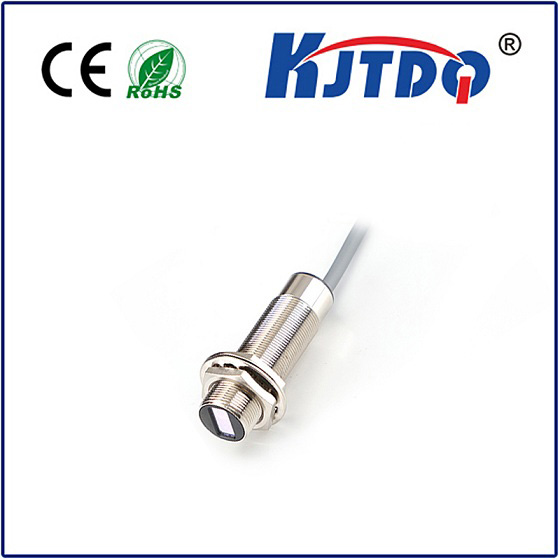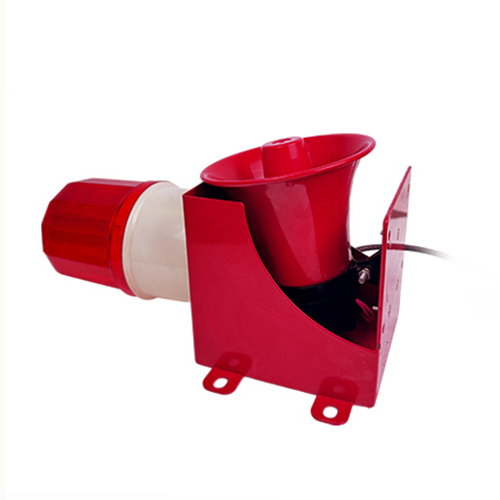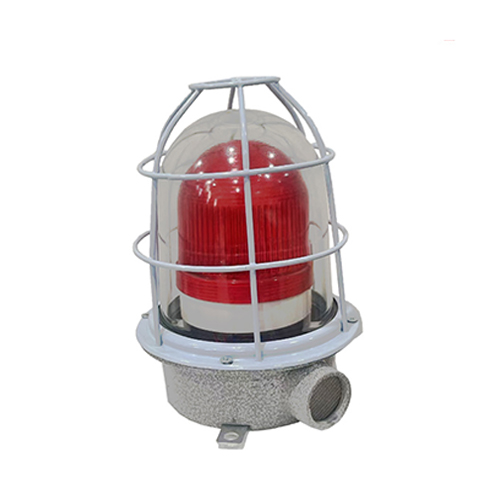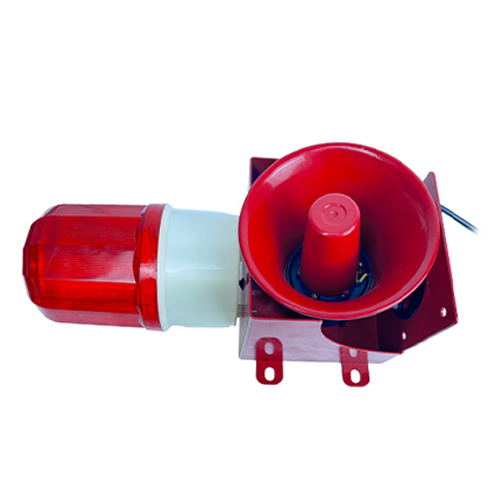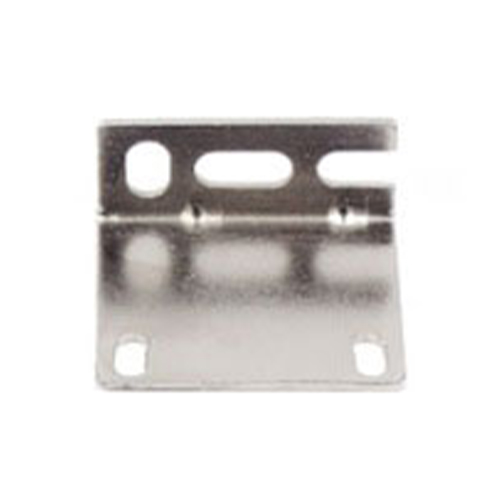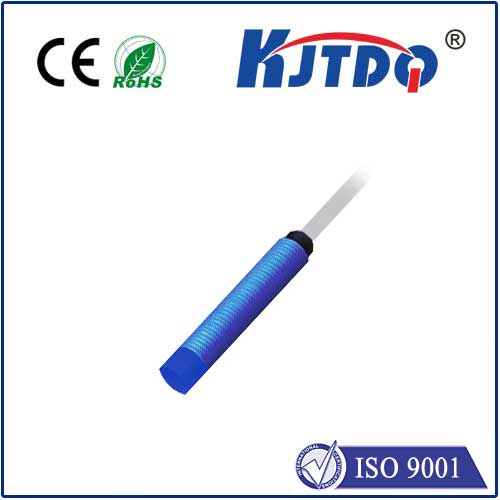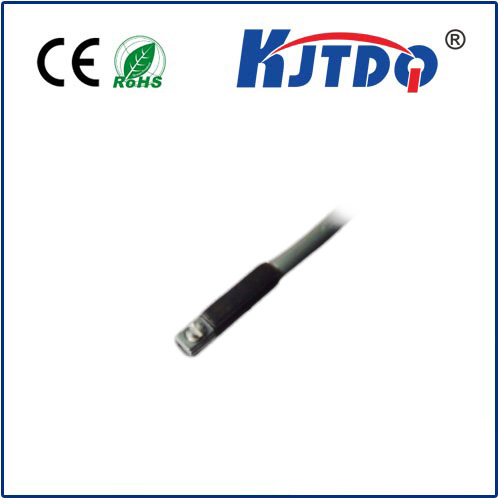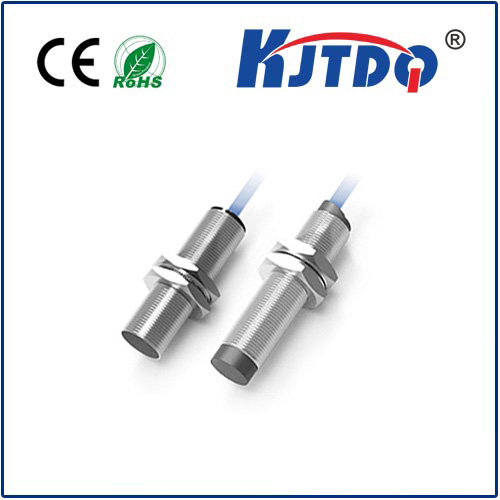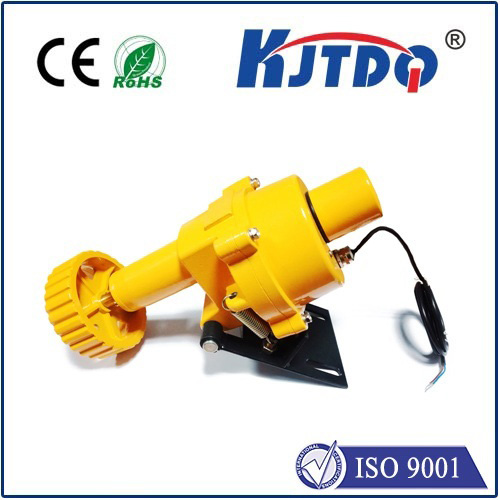ktj hall proximity sensor
- time:2025-09-07 04:18:19
- Click:0
The Power of Precision: Unlocking Efficiency with KTJ Hall Proximity Sensors
Imagine a critical manufacturing line grinding to a halt because a sensor failed to detect the precise position of a metal component. Or an automated door closing unexpectedly, creating a safety hazard. These scenarios highlight the fundamental need for utterly reliable, non-contact detection of metal objects in countless industrial and commercial settings. Enter the KTJ Hall proximity sensor – a sophisticated device harnessing the principles of physics to deliver unparalleled accuracy and durability, transforming how we monitor and control machinery.
Understanding the Magic: The Hall Effect at Work
The core technology powering the KTJ Hall proximity sensor is the Hall Effect, discovered by Edwin Hall in 1879. This physical phenomenon occurs when a conductor or semiconductor carrying an electrical current is exposed to a perpendicular magnetic field. The magnetic field exerts a force on the moving charge carriers (like electrons), deflecting them to one side of the material. This deflection creates a measurable voltage difference – the Hall voltage – across the material, perpendicular to both the current flow and the magnetic field direction. KTJ Hall sensors cleverly leverage this voltage generation triggered by the disturbance of their internal magnetic field when a ferrous (iron-containing) or magnetic target approaches.
Why KTJ Hall Sensors Outperform Traditional Options

Compared to older technologies like inductive proximity sensors or mechanical limit switches, KTJ Hall proximity sensors offer a distinct set of powerful advantages:
- True Contactless Operation & Zero Wear: There is absolutely no physical contact between the sensor and the target. This eliminates mechanical wear and tear, significantly extending the sensor’s operational lifespan – a critical factor for reducing maintenance costs and downtime.
- Exceptional Positional Accuracy: They can detect targets with remarkable precision, often down to micron levels. Hall effect sensors provide stable, repeatable signals, making them ideal for applications demanding high positional fidelity.
- Immunity to Environmental Factors: Unlike optical sensors, they are entirely unaffected by dust, dirt, oil, moisture, or ambient light. This inherent robustness makes KTJ proximity sensors perfectly suited for challenging industrial environments where cleanliness cannot be guaranteed.
- High-Speed Switching Capability: KTJ Hall sensors can respond extremely quickly to changing target positions, capable of detecting objects moving at high speeds – far exceeding the capabilities of mechanical switches and often outperforming standard inductive sensors.
- Wide Operating Range: They typically function reliably over a broad temperature range (frequently -40°C to 125°C or higher) and are resistant to vibration and shock. KTJ specifically designs for resilience in demanding conditions, potentially offering enhanced EMI resistance.
- Solid-State Reliability: Solid-state construction, inherent in Hall effect sensors, translates to superior long-term reliability with fewer failure points compared to electromechanical devices. KTJ Hall proximity sensors often boast high IP ratings (like IP67 or IP69K), ensuring protection against dust ingress and water jets.
KTJ Hall Proximity Sensors in Action: Driving Real-World Efficiency
The unique capabilities of KTJ Hall proximity sensors make them indispensable across a vast spectrum of industries:
- Automotive Manufacturing: Precise detection of piston position, gear shift forks, camshaft/crankshaft rotation (speed sensing), seat position, and door latches. Their reliability is paramount in high-volume production lines.
- Industrial Automation & Robotics: End-effector positioning, conveyor belt object counting, robotic arm limit sensing, and valve position feedback. Contactless operation ensures seamless interaction within complex automated systems.
- Material Handling & Packaging: Detecting the presence/absence of metal parts on conveyors, pallet positioning, and monitoring filling levels in metal containers or machinery guards.
- Elevators & Escalators: Precise floor leveling (position sensing), door open/close detection, and safety edge monitoring rely heavily on robust proximity sensors.
- HVAC & Fluid Control: Monitoring damper positions, valve stem location in actuators, and pump status detection in systems where contamination is a concern.
- Consumer Electronics & Appliances: Lid/door open detection in washing machines/dishwashers (especially useful where optical paths get obscured by steam/detergent), brushless DC motor commutation (speed & position sensing).
Choosing the Right KTJ Hall Sensor: Key Considerations
Selecting the optimal KTJ Hall proximity sensor requires evaluating several application-specific factors:
- Target Material: Primarily designed for ferrous metals or magnets. Performance with non-ferrous metals may vary and require specific sensor types. Verify compatibility.
- Sensing Distance: The required operating distance between the sensor face and the target. KTJ offers various ranges – choose one appropriate for the installation to avoid false triggers or missed detections.
- Output Type: Common outputs include PNP (sourcing), NPN (sinking), or Push-Pull. Ensure compatibility with the control system’s input interface (PLC, microcontroller).
- Switching Frequency: How rapidly the sensor can respond to targets moving in and out of its detection zone. Match this to the application’s speed requirements.
- Environmental Conditions: Temperature extremes, presence of chemicals, washdown needs (IP rating), and potential electromagnetic interference (EMI) dictate the required robustness and sensor housing specifications.
- Form Factor & Mounting: Physical size, shape (tubular, rectangular block), and mounting method (flush, non-flush) need to integrate seamlessly into the mechanical design.
The Unseen Backbone of Modern Automation
From ensuring smooth factory operations to guaranteeing elevator safety, KTJ Hall proximity sensors function as the silent, reliable sentinels of modern technology. By harnessing the fundamental Hall Effect, they provide a uniquely robust, precise, and contactless solution for detecting metallic objects. Their immunity to harsh environments, long operational life, and high-speed capabilities make them superior to many alternatives for critical position, presence, and speed sensing tasks. When precision, durability, and non-contact detection of metal are paramount, KTJ Hall proximity sensors consistently deliver the performance needed to optimize efficiency, enhance safety, and drive innovation across countless applications.












